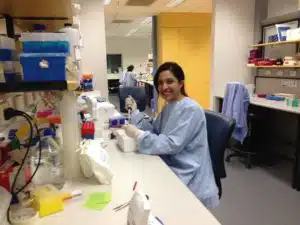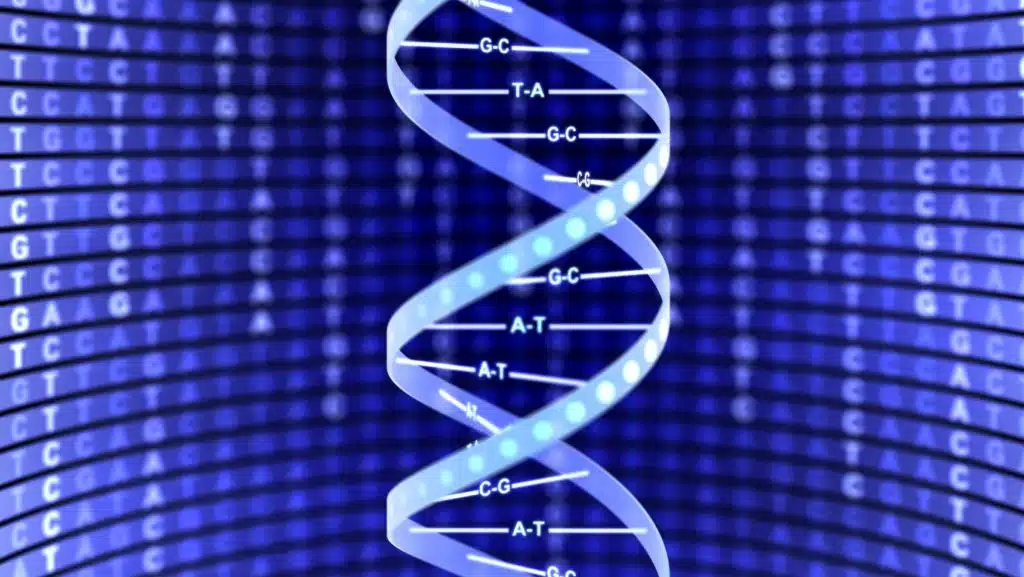Sufferers of rare mitochondrial disease have new hope with a new method developed at the University of Sydney. The method provides a diagnosis within weeks instead of months or years through a simple blood sample.
Mitochondrial diseases are rare and hard to diagnose. They can affect any organ, at any age and are often ‘hidden’ in other diseases such as diabetes, blindness, liver and kidney failure and even Autism.
The new method has already led to two new disease gene discoveries where the patients suffered from lactate build-up and hyperglycemia (CYC1), and deafness and organ failure (MRPS7). The research published in the American Journal of Human Genetics and Human Molecular Genetics.
“One in 200 people will carry a mitochondrial genetic defect – which means nearly 120,000 Australians are at risk of developing serious illness,” says Minal. “And yet mitochondrial diseases are extremely difficult to diagnose. They are often referred to as the ‘notorious masquerader’”.
With the faster diagnosis, some people can be treated for what had previously been thought to be untreatable disease.
For others – even if not treatment is available, the diagnosis gives them a cause for the illness and the possibility to enrol in clinical trials. This can result in enormous improvements in quality of life.
Families can also receive genetic counselling and many may choose to use IVF when building a family, with medical staff able to quantify the risk of the disease being passed on.
You can find out more at: www.amdf.org.au
Contact: Minal Menezes, Metabolic Research Unit/Kids Research Institute (KRI), University of Sydney, minal.menezes@health.nsw.gov.au

Minal Menezes in the lab





 Fresh Science is on hold for 2022. We will be back in 2023.
Fresh Science is on hold for 2022. We will be back in 2023.